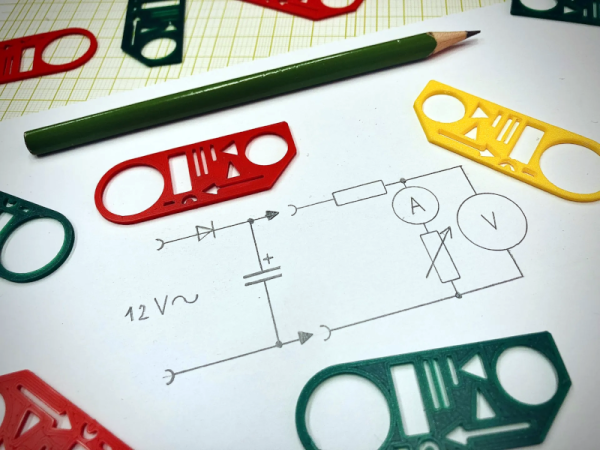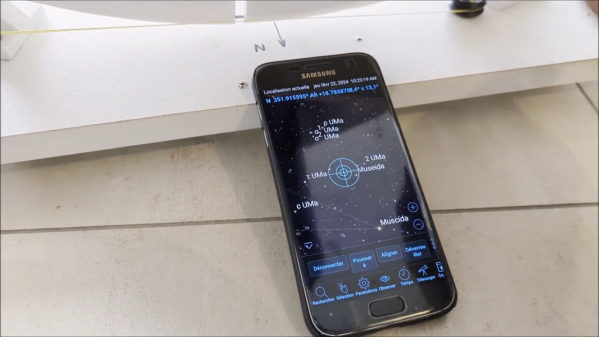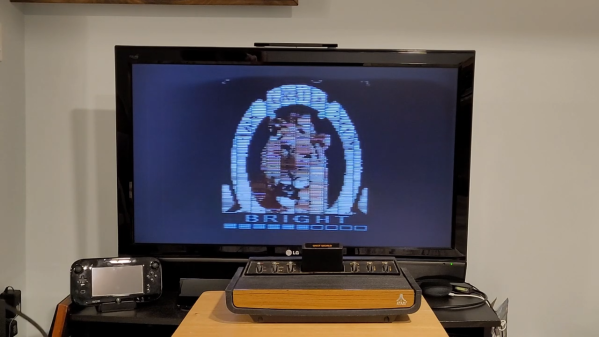If you want to draw schematics today, you probably sit down at your computer. Why not? There are a ton of programs made to do the work easily, and the results look great. Back in the day, you might sit at a drafting table with a full set of T-squares, triangles, and maybe a Leroy. But what about when inspiration struck at the coffee shop (no, not a Starbucks in those days)? Well, you probably had a schematic drawing template. We were surprised you can still buy these at high prices. Or you can 3D print your own, thanks to [Jan Stech].
Templates of all kinds used to be very common. There were several for schematics, logic symbols, furniture, and even geometric shapes and curves. They were almost always green and transparent. A quick search on Amazon for “drafting template” shows you can still get the generic templates, but schematic ones are still expensive.



















